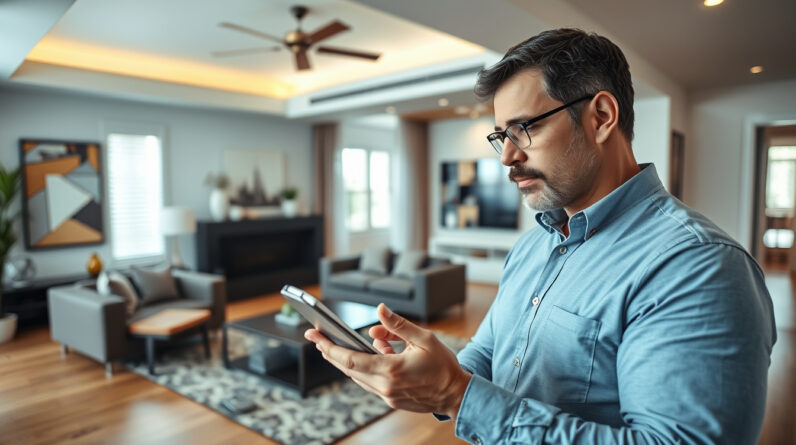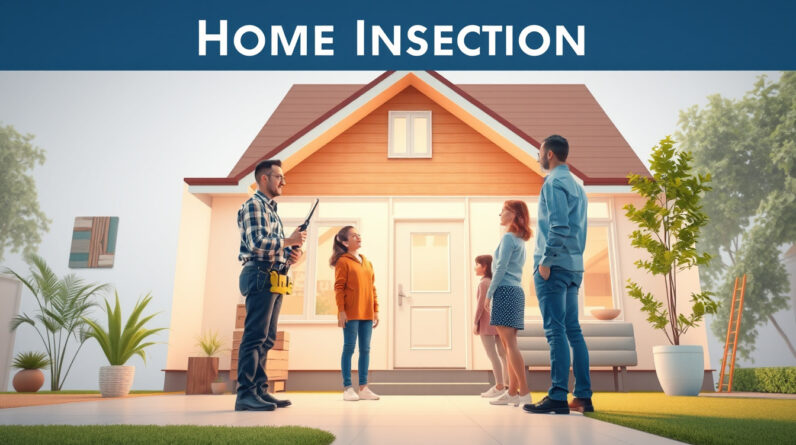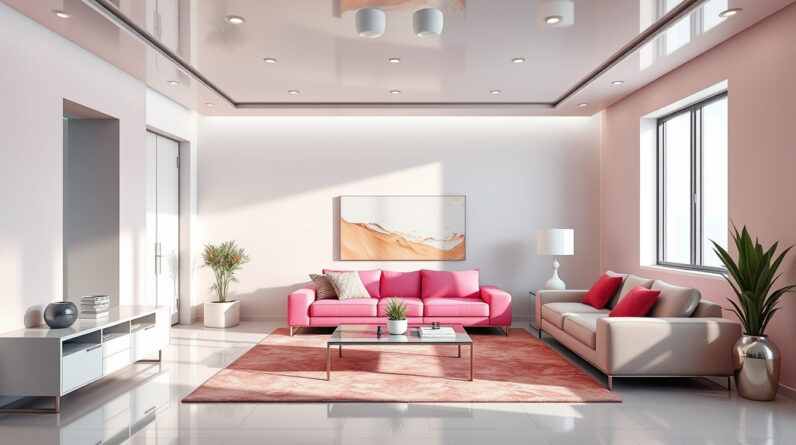In the modern world, technology continuously transforms how we live, work, and relax. One of the most exciting innovations is home automation, which allows you to create a smarter, more efficient, and more comfortable living environment. Whether you’re looking to improve security, save energy, or add convenience to daily routines, integrating home automation solutions can significantly enhance your living space. In this comprehensive guide, we’ll explore how you can leverage these innovations to elevate your home experience.
Understanding Home Automation: The Future of Living
Home automation involves using interconnected devices and systems that can be controlled remotely or automatically to manage various aspects of your household. From smart lighting and thermostats to security cameras and voice assistants, the possibilities are extensive. The primary goal of home automation is to make your home more intelligent, responsive, and energy-efficient.
Benefits of Investing in Home Automation
- Increased Security: Automated locks, surveillance cameras, and motion sensors provide peace of mind.
- Energy Efficiency: Smart thermostats and lighting systems help reduce energy consumption.
- Enhanced Comfort: Automated climate control and lighting create personalized living environments.
- Convenience: Voice-controlled devices and remote access simplify daily tasks.
- Property Value: Modern, automated homes are attractive to buyers and can increase property value.
Popular Home Automation Devices and Systems
Understanding the range of available technology is essential to tailoring a system that suits your needs. Here’s a list of some popular devices:
- Smart Thermostats: Devices like Nest or Ecobee allow you to control your home’s temperature remotely and learn your preferences over time.
- Smart Lighting: Systems that enable you to schedule, dim, or color-adjust lighting for ambiance and energy savings.
- Security Cameras & Doorbells: Video surveillance and smart doorbells, such as Ring, provide real-time monitoring and alerts.
- Automated Locks: Keyless entry systems that can be managed remotely to increase security.
- Voice Assistants: Devices like Amazon Alexa or Google Assistant serve as centralized control hubs for your automation system.
- Smart Plugs & Switches: Enable control over individual appliances and devices without the need for replacing existing wiring.
Steps to Implement Home Automation in Your Living Space
Getting started with home automation may seem daunting, but a structured approach can make the process smooth and rewarding. Here are key steps to consider:
- Assess Your Needs and Goals: Determine what aspects of your home you’d like to automate—security, lighting, climate control, or entertainment.
- Create a Budget: Decide how much you’re willing to invest, as costs can vary significantly.
- Choose a Central Platform: Select a compatible hub or ecosystem that can unify different devices, such as Apple HomeKit, Google Home, or Samsung SmartThings.
- Start Small: Begin with a few essential devices and expand over time based on your experience and needs.
- Ensure Compatibility: Verify that devices you’re interested in can work together seamlessly within your chosen platform.
- Installation and Setup: Follow manufacturer instructions for installation or consider professional setup for more complex systems.
- Automate & Customize: Use apps and interfaces to create schedules, routines, or scenes that fit your lifestyle.
- Maintain & Update: Keep firmware and software up to date to ensure security and optimal performance.
Top Tips for Maximizing Your Home Automation Experience
- Keep your Wi-Fi network secure and strong to support multiple connected devices.
- Use recurring automation routines, like turning off lights at bedtime or adjusting thermostats during presence detection.
- Regularly review device permissions and security settings.
- Explore integration options with voice assistants for hands-free control.
- Utilize energy consumption reports to optimize usage and save on utility bills.
Case Study: Transforming a House with Home Automation
Consider Sarah and Mark, a young professional couple who decided to upgrade their home with automation. They started with a smart thermostat and doorbell, then added automated lighting and security cameras. Over six months, they noticed a 20% reduction in energy bills and felt more secure knowing their home was monitored 24/7. Their experience highlights how incremental upgrades can lead to significant lifestyle improvements.
FAQs About Home Automation
Q1: What is the best home automation system for beginners?
A1: For those new to home automation, platforms like Google Nest or Amazon Alexa offer user-friendly interfaces and extensive device compatibility, making them excellent starting points.
Q2: How secure are home automation devices against hacking?
A2: While vulnerabilities exist, choosing reputable devices, keeping firmware updated, and securing your Wi-Fi network can significantly mitigate security risks.
Q3: Can I automate my existing appliances?
A3: Yes, with smart plugs and switches, many existing devices can be integrated into your automation ecosystem without replacing them.
Sources and Further Reading
For more insights into how home automation is reshaping modern living, visit IEEE Spectrum, which offers comprehensive articles on emerging smart home technologies.
Conclusion: Take the First Step Towards a Smarter Home Today
Embracing home automation opens up a world of convenience, security, and efficiency. Whether you’re automating lighting, climate control, or security systems, the benefits are immediate and long-lasting. Don’t wait to make your living space smarter—start small, plan carefully, and watch as your home transforms into a more comfortable and connected environment. Ready to elevate your lifestyle? Explore the latest home automation solutions and take control of your home’s future today!








